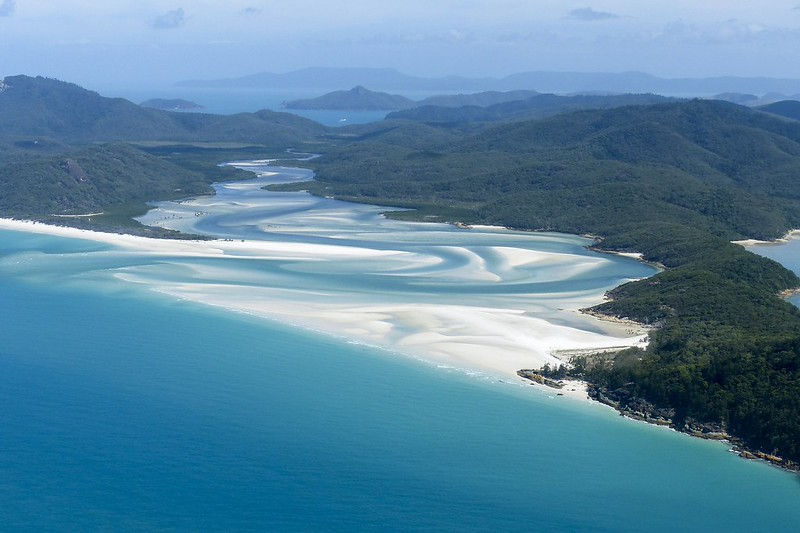Did you know: World’s Largest Wildlife Crossing 🎥
- Inga

- Feb 10, 2022
- 3 min read
Wildlife crossings are structures that allow animals to cross human-made barriers safely e.g. wildlife tunnels, viaducts, overpasses or green bridges (for larger or herd-type wildlife herd-type), canopy bridges (for monkeys, squirrels) and more. Those are for use in habitat conservation, combating habitat fragmentation and allowing connections between habitats. Furthermore, assisting in avoiding collisions between vehicles and animals, which in addition to killing or injuring wildlife may cause injury to humans and property damage.

For some time Wildlife bridges have been built over highways to protect roaming animals whose populations are threatened by the vehicle-driven lifestyle of humans.
A network over the Trans-Canada Highway has reduced elk collisions to virtually zero. There is even a charming bridge for migrating crabs in Australia. For more than a decade, Beth Pratt (California regional executive director for the National Wildlife Federation) has been advocating for one particular piece of infrastructure that she says “could protect Southern California’s local mountain lion population from vanishing forever”.

Now the World’s Largest Wildlife Crossing is finally happening in Los Angeles. A most important effort to support Santa Monica Mountains’ wildlife, including mountain lions, bobcats and cottontail rabbits.
The Wallis Annenberg Wildlife Crossing is a planned overpass spanning the Ventura Freeway and Agoura Road at Liberty Canyon in Agoura Hills, California. The bridge will be one of the largest urban wildlife crossings in the United States, connecting the Simi Hills and the Santa Monica Mountains over a busy freeway with ten traffic lanes, including exit lanes. (https://en.wikipedia.org/wiki/Wallis_Annenberg_Wildlife_Crossing)

The “Crossing” is on track breaking up ground in spring 2022. The $87m bridge entered its final design phase two years ago and is now on track to open in 2023.
It will focus on providing a safe and sustainable passage for wildlife across US-101 and allows for the movement of animals and the exchange of genetic material. The freeway is a disturbing and virtually impenetrable barrier for many wildlife species that inhabit and move between the mountain ranges; especially large mammals with large home ranges such as mountain lions and bobcats. They need large connected habitats for hunting and breeding to thrive.
I quote from an article in The Guardian, August 2019.
“This ecosystem needs to be reconnected for all wildlife,” said Beth Pratt of the National Wildlife Federation, explaining that animals could roam through different parts of the mountains until humans cut them off with giant roads. GPS tracking shows that the animals are largely isolated in their own small areas, unable to mingle. “Segmentation impacts animals both large and small: lizards and birds up to mountain lions.”
It is particularly hard for mountain lions. Their populations cannot socialise for mating resulting in inbreeding, which causes long term problems. Over the last years published reports have been warning that mountain lions in southern California are at risk of going extinct within 50 years if their genetic diversity was not increased.
“This is an animal that is particularly beloved in California,” Pratt said, adding that California is the only state that doesn’t allow mountain lions to be hunted for sport. “We want these animals on the landscape, and the population will go extinct if we don’t do something soon.”

Pratt sees the project as inspirational. “We’re doing this in LA, a city of 4 million people,” she said, with 300,000 cars travelling under this particular stretch of freeway every day.
“If LA can do it, it can work anywhere. Even in a giant city, we’ll make a home for a mountain lion.”
🎥 Wildlife crossings stop roadkill. Why aren’t there more? (Vox, July 2017) A better way for animals to cross the road…
Dear Reader, thank you for your interest!
If you enjoyed this article please visit https://www.enviroblog.net/series-did-you-know for more of “Did you know”
🦁
REFERENCE
Santa Monica Mirror, February 2022 (viewed 09.02.2022)
The Guardian, August 2019 (viewed 09.02.2022)






Comments